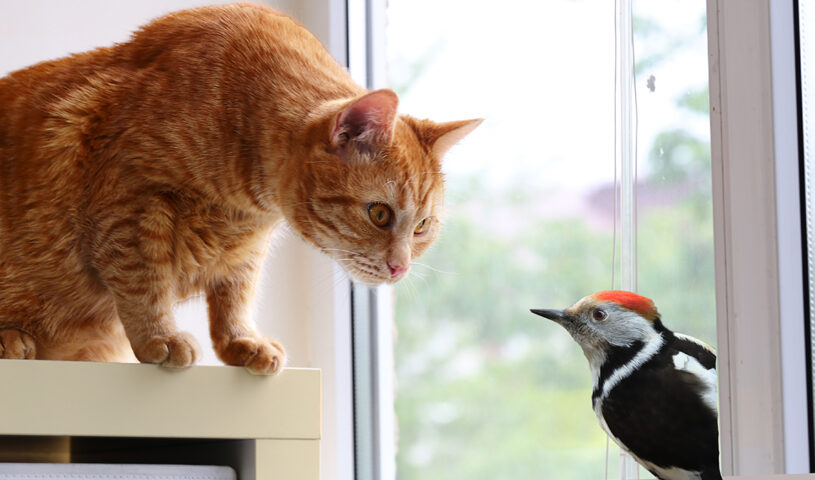Saving bird lives

Sponsored by
Imagine a city or town without birds. No catbirds mewing. No spring chorus of songbirds. No hummingbirds idling (at 50 wingbeats per second) above a flower.
Birds add colour and wonder to our lives. They are also vital to urban areas as pollinators, nutrient recyclers, and consumers of insect pests. Yet, birds are in trouble.
Bird populations in North America have declined 30 per cent over 50 years. That is nearly three billion birds, gone. But all across Canada, bird lovers, municipalities, and nature groups are coming together to do something about it.
Bird Friendly Cities Program
Nature Canada is one of the country’s longest-standing conservation charities. It has developed a science-based national standard (the only one of its kind in Canada) to certify municipalities as “Bird Friendly.”
Since the launch of the program in 2021, 26 cities and towns of all sizes have been certified as Bird Friendly. The program tackles three areas of change:
- reducing key threats to birds (such as roaming cats, habitat loss, pesticides, and window collisions)
- restoring nature to help birds thrive
- engaging city residents to celebrate birds, explore nature, and monitor bird populations
Bird Friendly certification provides Canadian municipalities with a clear standard that captures the actions necessary to make an urban area safe for birds. The good news is that helping birds is within everyone’s reach.
Change Starts with Us
Change begins on the doorsteps of every urban dweller in Canada. Take free-roaming cats, for example. They account for between 100 and 350 million bird deaths per year. Bird Friendly towns and cities across Canada are educating cat owners about the problem and working to implement bylaws to prevent cats from roaming.
Collisions with windows are another major killer of birds. Glass reflects trees and sky, and so birds see windows not as surfaces but as avenues of flight. Residents can address this problem by bird-proofing their windows using decals, screens, or markers. Bird Friendly cities are also tackling the issue through improved building design and construction, community outreach, and bird rescue (walking the streets to find injured birds that have collided with buildings.)
In all these efforts, Nature Canada provides support to its Bird Friendly partners in the form of tools, resources, publicity, small grants, and general assistance with all things bird related.
Urban birds are like urban trees. Without them, our cities and towns would be dead, colourless, and probably angrier. A recent academic study found that people living in neighbourhoods with more birds, shrubs, and trees are less likely to suffer from depression, anxiety, and stress.
Bird Friendly certification is a badge of honour and a source of community pride. Certified bird-friendly municipalities can use their status to attract visitors, promote bird-based ecotourism, and infuse biodiversity considerations into green infrastructure projects.
To find out more about Nature Canada’s Bird Friendly City program, visit birds.naturecanada.ca or email info@naturecanada.ca.
✯ Municipal World Executive and Essentials Plus Members: You might also be interested in Findlay’s other article: Healthy cities are for the birds.
Jamieson Findlay is storyteller and grant writer at Nature Canada, one of the country’s longest-standing conservation charities.
Related resource materials:


